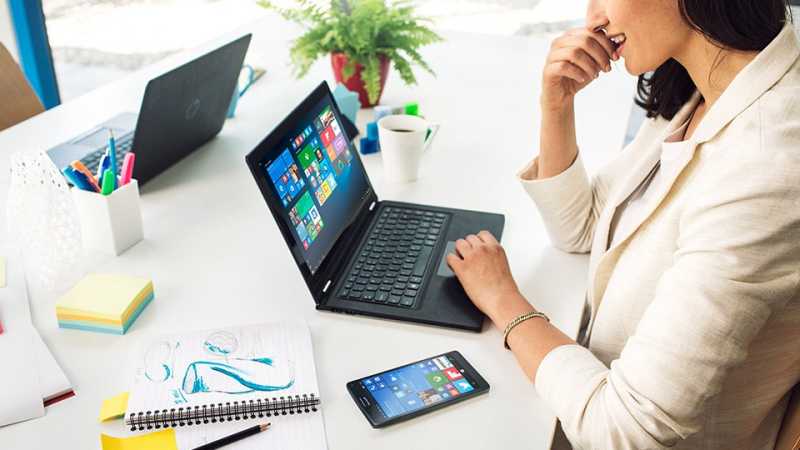How do you optimize your Windows 10 laptop routine?
The new term is coming. For many students, especially freshmen, this is the best time to start learning new laptops and gadgets for schools. There are some interesting options to choose from, including the stylish DELL XPS 13 and the new ASUS Zenbook pro.
Of course, you don’t need to pick up a new laptop just to be able to get through everyday tasks quickly and efficiently. Even your old laptop can be made faster with some optimization tips and simple upgrades. Here are the best tips on how to optimize your Windows 10 laptop for everyday tasks.
Upgrades to Consider
If you do have a limited budget for upgrades, the two things you need to focus on are faster storage and more RAM. Check if you can upgrade your laptop’s hard drive to an SSD for a massive performance boost. As long as the standard 2.5-inch drive can be replaced, you can pick up a Samsung EVO 850 SSD or the budget-friendly Patriot Spark to speed up your computer.
You can also add more RAM for better multitasking. 8GB is usually enough, but if you run a lot of apps at the same time, you can surely benefit from having 16GB of RAM of a decent speed. Speaking of RAM speed, be sure to check the existing RAM the laptop uses – and the maximum speed the laptop supports – before picking up a new set of RAM for your laptop.
Now it is time to look at performance optimizations.
Power Management
Your laptop is designed to balance between performance and Dell xps m1530 laptop battery life. Windows 10 actually has a smarter power management system that handles most of the hard work for you. However, the power management system can still be pretty limiting when you need maximum performance from the laptop.
Go to Control Panel > Hardware and Sound > Power Options and you will see two options on the page: Balanced and Power Saver. There is actually a third option hidden from view called High Performance. You can manually switch to this power plan if you don’t want Windows 10 to throttle your laptop down.
Check Your Startup Items
Some programs will run on startup. Many of these programs – such as your antivirus and firewall – are essential for keeping your computer safe. Other programs aren’t so necessary. You can squeeze more performance out of your laptop by preventing these programs from running on startup.
Disable Visual Effects
When most of the tasks you do on your laptop involve accessing the online learning platform of Northeastern University, accessing course materials for the online master of science in taxation program you’re taking, or completing course assignments using Microsoft Word and other apps, you don’t really need visual effects. Window animations, shadows, and other visual effects are nice visually, but they use up your laptop’s precious resources too.
Disabling these visual effects will not hamper user experience. It actually allows you to get through the tasks you have to complete as part of the online master in taxation program smoother and faster.
These are just some of the ways you can optimize your Windows 10 laptop and squeeze more performance out of it. Be sure to check back for more tips and tricks on Windows 10 optimization here on Gearfuse.
Did you enjoy this post? Why not leave a comment below and continue the conversation, or subscribe to my feed and get articles like this delivered automatically to your feed reader.


Comments
No comments yet.
Sorry, the comment form is closed at this time.